Thanks to Covid, the days are gone — or at least suspended — when a TV travel programme meant a thespian in a Panama hat wandering around souks and bravely trying some funny foreign food. Instead, we now have shows in which the presenters, often operating in pairs, drive around picturesque parts of Britain cranking up the bantz, with plenty of aerial shots of their car bowling along an abnormally empty road.
Already a subscriber? Log in
Subscribe for just $2 a week
Try a month of The Spectator Australia absolutely free and without commitment. Not only that but – if you choose to continue – you’ll pay just $2 a week for your first year.
- Unlimited access to spectator.com.au and app
- The weekly edition on the Spectator Australia app
- Spectator podcasts and newsletters
- Full access to spectator.co.uk
Or
Unlock this article
You might disagree with half of it, but you’ll enjoy reading all of it. Try your first month for free, then just $2 a week for the remainder of your first year.

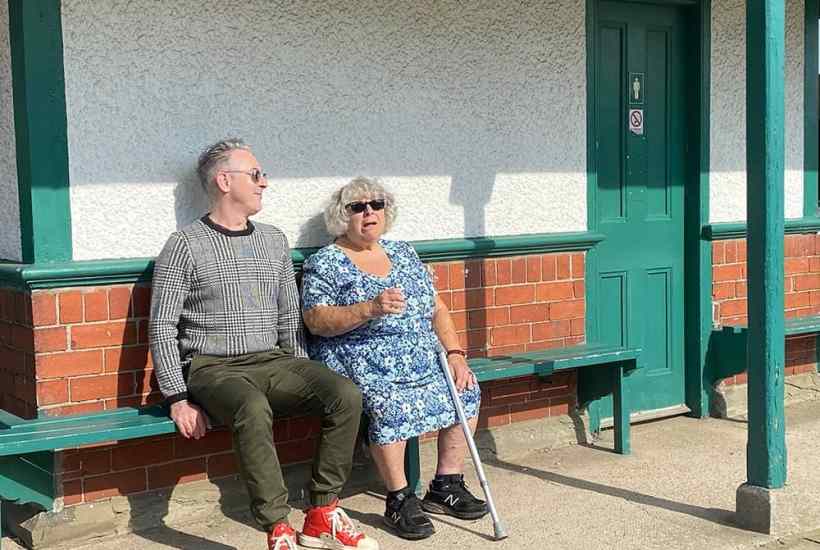
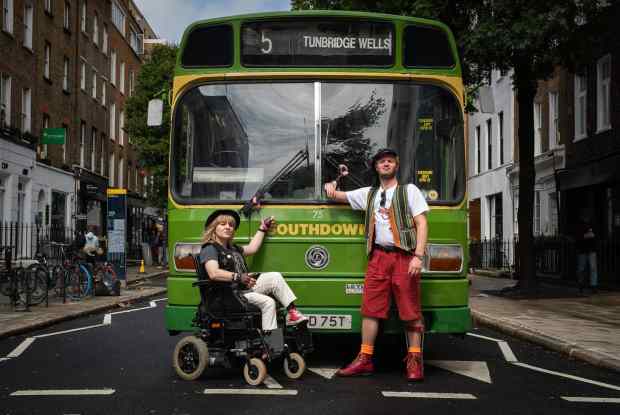
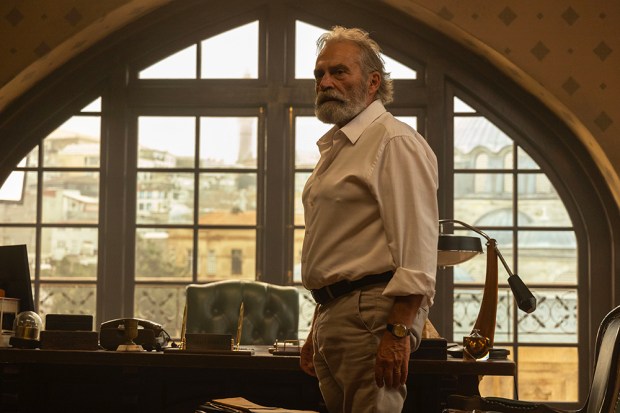
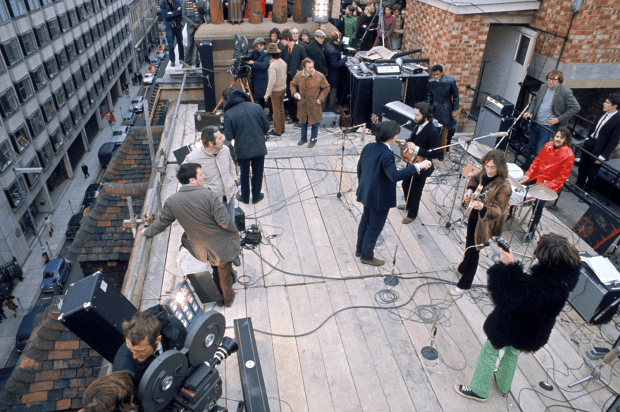

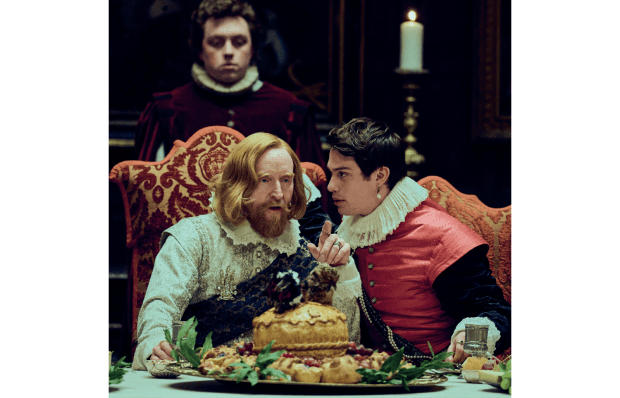
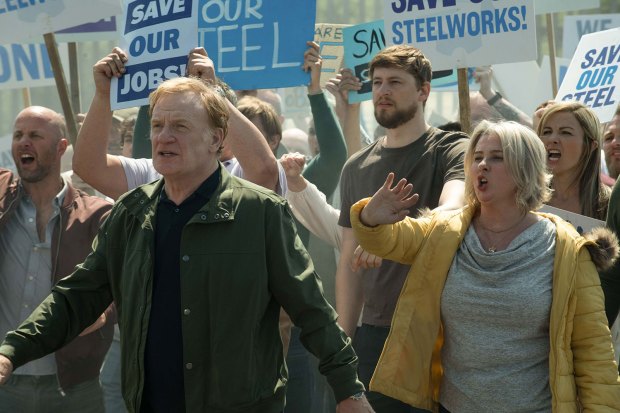






Comments
Don't miss out
Join the conversation with other Spectator Australia readers. Subscribe to leave a comment.
SUBSCRIBEAlready a subscriber? Log in